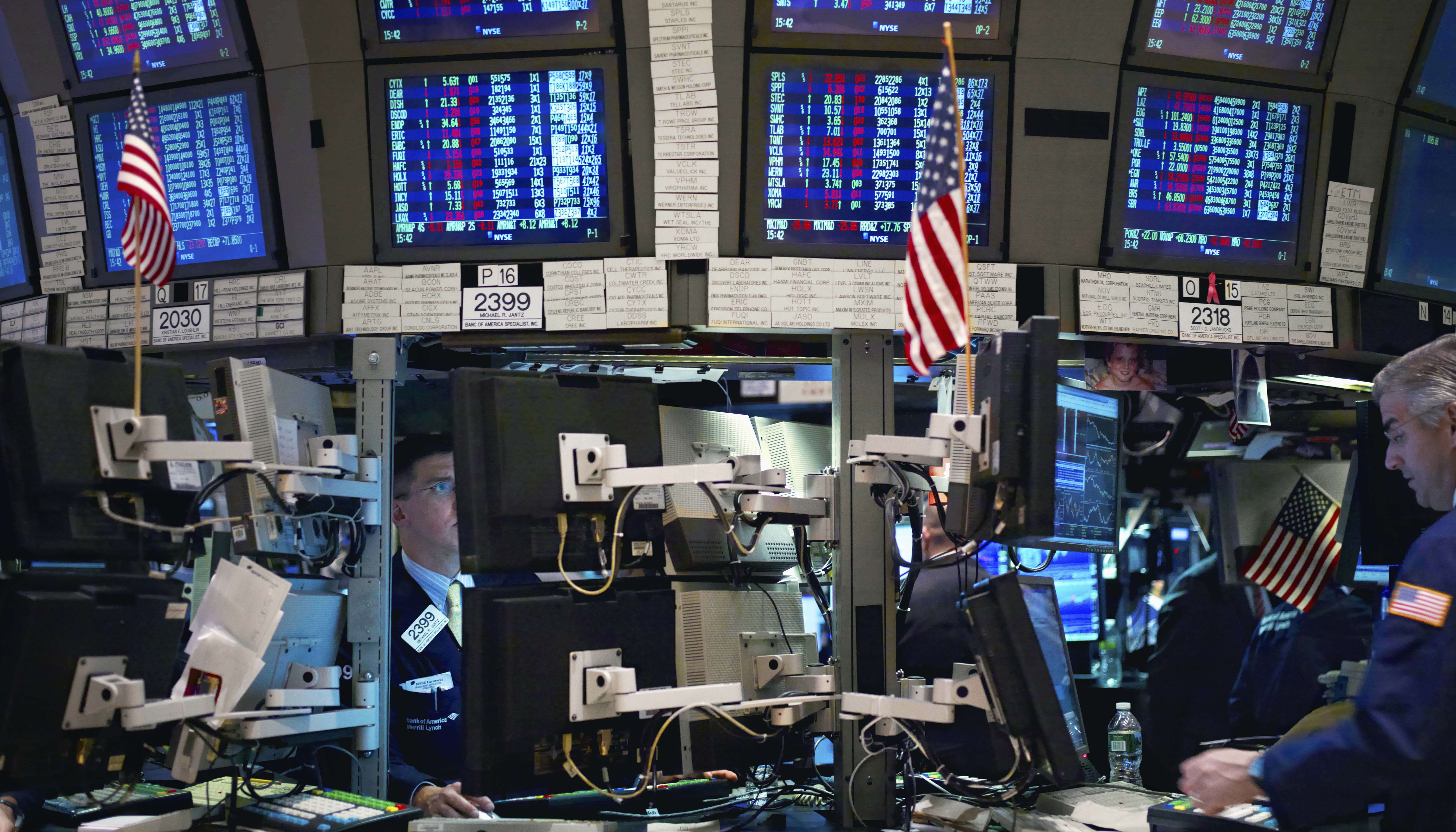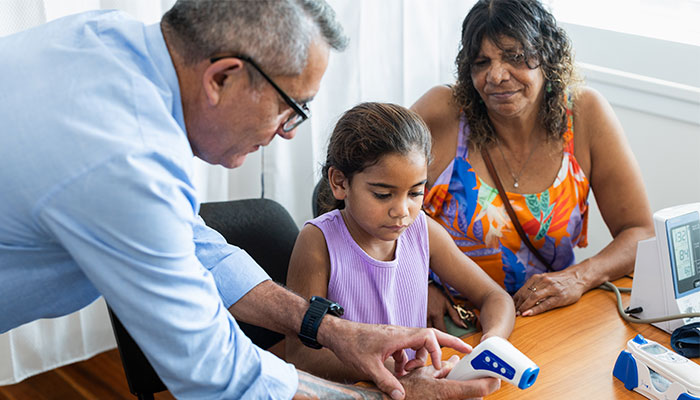Robot-assisted heart bypass operations performed at Macquarie University Hospital are opening the way to safer, less invasive cardiac surgery.
Joanna Dean says she was “blown away” when told she was the perfect candidate for a new procedure using a robot to perform part of her coronary artery bypass surgery.
At just 44, Joanna found out there was a 90 percent blockage in a major artery in her heart, the left anterior descending artery. Her cardiologist had performed an angiogram to check the cause of the chest pains Joanna had started getting during her daily cycle to work.
“She said, you’ll need a bypass, we will have to open you up. At that stage I wasn’t sure – did that mean open heart surgery? I was in shock, really,” Joanna recalls.
Joanna was referred to Professor Michael Wilson, who suggested she would be ideal for a newly-introduced keyhole-style coronary bypass operation, using the new da Vinci Xi robot.
“It allows us to do safe, minimally invasive open-heart surgery through smaller cuts, so you get back to normal function faster,” Professor Wilson explains.
“We started very conservatively, just doing single or double vessels to be bypassed at the front of the heart,” says Professor Wilson.
“This method was very appropriate for Joanna for reasons of anatomy – she had a single blocked vessel, very close to the back of the sternum,” he says.
He says an added bonus was that the operation leaves far less scarring, with patients often left with a scar as small as just four-centimetres under the breast, and no long sternotomy “zipper” scar bisecting their chest.
Recovery time is also far better, and risks of wound infection substantially reduced.
Robot advantage
Professor Wilson and his colleague, Professor Michael Vallely, had their first cardio-robot experience in 2011 when they worked with Ranny Chipwood in East Carolina, the American pioneer of cardiac robotic surgery.
Their expertise has led to the establishment of Australia’s first site to have a fully-integrated robotic cardio-thoracic surgery program covering coronary grafts, mitral valves and lungs, located at Macquarie University Hospital.
“We're slowly building a profile here doing mitral valve repairs and now, a hybrid robotic coronary bypass,” he says.
Some parts of the coronary bypass operation are still done by hand, he says, but the most invasive section is done by the robot – negating the need to cut through the patient’s breastbone.
“We still sew the anastomosis manually to the front of the heart through a small cut, after using the robot to get the mammary artery down from behind the sternum,” he explains. “At some stage, we will do the whole thing robotically.”
Traditionally, a coronary bypass involves stopping the patient’s heart during the operation.
A heart-lung machine then keeps the person alive while surgeons graft a section from the patient’s own blood vessel to divert blood flow around the blocked artery.
“Working at Macquarie and also RPA with Mike Vallely, we pioneered doing the operation with the heart still beating and not handling or touching the aorta,” says Professor Wilson.
“We do this because it reduces the incidence of stroke,” he says. “The chance of having a stroke with a standard operation is somewhere between one and two percent, but in our hands it's at a fraction of one percent.”
Robot surgery has been around in Australia since 2010, says Professor Wilson, but the rate of uptake is very different in various specialties.
“Around 90 percent of prostate surgery is done with the robot,” he says. “They are probably 13 to 15 years ahead of where we are.”
Heart surgery is far more complex, particularly when it’s done with the heart still beating, he adds.
Successful results
Joanna says that everything happened very fast, with the operation scheduled less than a fortnight after discovering the coronary blockage.
Joanna recovered well from the operation, was home eight days after the surgery and back at work part-time about two months later.
“I could shower the next day and lift my arms up, which is usually very difficult after this kind of surgery,” she said.
Professor Wilson has performed over thirty similar operations to Joanna’s procedure in May, and now is doing one or more such operations each week.
He says it’s an exciting time in cardiac surgery, as instrument miniaturisation takes hold.
“The heart is a moving organ, presenting huge surgical challenges,” he says.
“Developments on the horizon like ECG gating, where the instruments in the camera are motion-tracking to match the movement of your target, show enormous potential for future innovation.”



